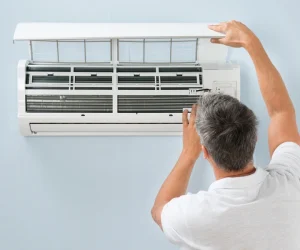
How to clean AC filter – it’s one of the simplest yet most important tasks to keep your air conditioner...

How to clean AC filter – it’s one of the simplest yet most important tasks to keep your air conditioner...
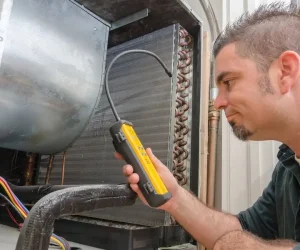
How to clean a coil on AC is a key part of maintaining your air conditioning system and ensuring it...
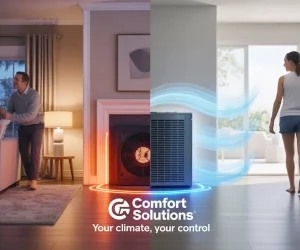
When it comes to keeping your home warm in winter and comfortable in summer, the choice often comes down to...

Electric heat pumps are necessary for maintaining home comfort, providing efficient heating and cooling year-round. However, like any system, they...
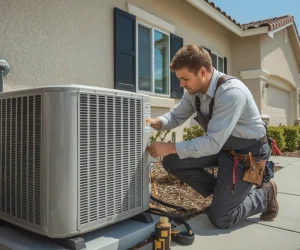
Let me give you short answer of your question about “What is short cycling AC?” Short cycling is when an...
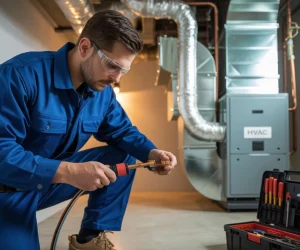
For a standard home, the cost of replacing the HVAC system typically ranges between $5,000 and $15,000. However, a higher...
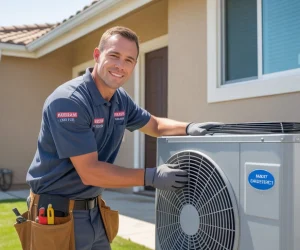
Wondering “How often should AC be serviced?” The simple answer is to have it professionally inspected at least once a...

If you ask why does my ac smell musty it usually means moisture and organic matter are building up inside...
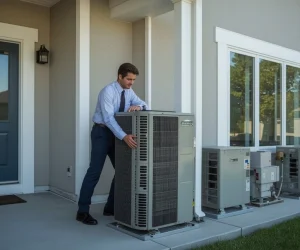
Replacing your furnace and air conditioner together typically costs between $8,000 and $18,000, depending on your system type, home size,...
Useful Links
Contact Information
Business Hours